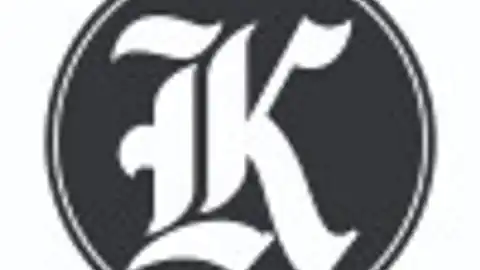By JAMES ANYANZWA The EastAfrican;
Kenya’s savings and credit co-operative societies (Saccos) are closer to trading their shares on the Nairobi Securities Exchange, even as their bid to convert into fully-fledged commercial banks could prove difficult under a new financial sector regulatory regime.
The regime proposes to disband the exising four regulators and combine them into a single authority.
The Capital Markets Authority has secured the services of the World Bank to determine the modalities of setting up an overthe-counter (OTC) market for Saccos as part of the groundwork towards their full listing on the Nairobi bourse.
The initial set of recommendations of the study is now under consideration by the regulator.
“We are working on a project, together with a team from the World Bank that will help Saccos and middle and large-sized companies with diversified shareholding that have not listed, to list,” said Paul Muthaura, CMA chief executive officer.
“We are looking for a transitional arrangement for Saccos, some form of OTC platform, before they can fully list on the NSE,” he added.
The programme to list Saccos on the stockmarket is part of World Bank’s “First Initiative,”
aimed at strengthening countries’ financial sectors.
The project is a multidonor trust fund within the World Bank Group; it has so far supported over 600 projects in 115 countries, valued at more than $120 million.
“Some Saccos have expressed their willingness to start trading their shares but the study is still ongoing,” said Mr Muthaura.
Co-operative Alliance of Kenya (CAK), the umbrella body for Kenya’s Saccos, said listing on the NSE would help Saccos divest from institutions in which they have been shareholders for a long time.
“We are looking for a secondary market for Saccos to trade their shares on the NSE. We are in discussions with the regulators for a platform to be created on the exchange that will enable Saccos to buy and sell shares amongst themselves,” said Daniel Marube, the chief executive officer of CAK.
“These discussions are at an advanced stage, and once they are finalised it will become easier for Saccos to sell shares that they hold in strategic organisations.”
Although Saccos have received the green light to deal in the same financial products and services as those offered by commercial banks, their plans to upgrade may be slowed by the new regulatory regime providing that Saccos should only serve the financial needs of their own clients.
The Financial Services Authority (FSA) Bill also provides that banks operate under a licensing and regulatory framework that is quite distinct from the Saccos.
“Saccos are free to invest wherever they want to, as long as it is in conformity with the law,” said John Mwaka, the CEO of the Sacco Societies Regulatory Authority (Sasra).
Bank acquisition Last year, Mwalimu Sacco, the largest Sacco in the country with a membership of 60,961, acquired Equatorial Commercial Bank. The acquisition gave Mwalimu additional ownership in Equatorial Insurance Brokerage, and an indirect interest in Fidelity Shield Insurance.
Saccos wishing to convert into banks need a minimum capital of Ksh1 billion ($9.74 million) and an operating licence from the Central Bank. The FSA Bill, which has already been tabled for public scrutiny, proposes that entities previously regulated by Sasra, the CMA, the Retirement Benefits Authority and the Insurance Regulatory Authority be brought under the new authority.
Single authority The enactment of the FSA Bill into law will see four chief executives and four chairpersons become redundant as the four regulators merge into a single regulatory authority, the Financial Services Authority (FSA).
“I think that is a step in the right direction. Obviously that is a better way of running the financial sector to avoid overlapping mandates and ensure an easy way of reporting. It is good to have one regulator who is the focal point of all the players in the market,”
said Kenneth Akide, a corporate lawyer and former chairman of the Law Society of Kenya.
The authority will be mandated to regulate and supervise all financial institutions except banks, and advise the National Treasury on policies with respect to the financial sector.
The FSA will licence Saccos to take deposits, and regulate and supervise them.
Kenya has embarked on a process to merge financial sector regulators in its bid to become a regional financial centre. The move is also meant to enhance surveillance and oversight of market players to protect consumers of financial products.
The creation of a single financial sector regulator is part of the recommendations of the presidential taskforce report on parastatal reforms tabled in 2013.
Data from Sasra shows that the regulator has so far licensed 177 deposit-taking Saccos (DTSs) with membership of 3.2 million, out of the 7,000 registered Saccos.
These DTSs control Ksh240 billion ($2.33 billion) in deposits, Ksh250 billion ($2.43 billion)
in net loans and advances, and Ksh350 billion ($3.4 billion) in assets.
The 177 DTSs are currently licenced to operate in Kenya, and 13 of them have temporary licences that are due to lapse in June this year — down from 181 Saccos in 2015, and 215 in 2014.




